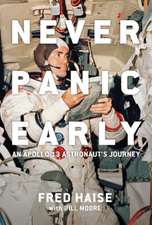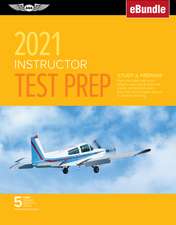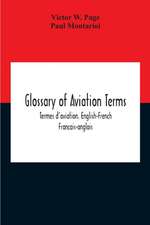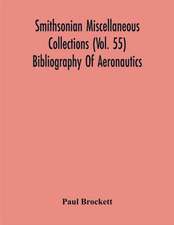Aircraft Propulsion – Cleaner, Leaner, and Greener 3rd Edition
Autor S Farokhien Limba Engleză Hardback – 8 sep 2021
Preț: 625.98 lei
Preț vechi: 823.65 lei
-24% Nou
119.79€ • 130.08$ • 100.63£
Carte disponibilă
Livrare economică 01-15 aprilie
Livrare express 15-21 martie pentru 77.57 lei
Specificații
ISBN-10: 1119718643
Pagini: 1040
Dimensiuni: 178 x 254 x 58 mm
Greutate: 1.91 kg
Ediția:3rd Edition
Editura: Wiley
Locul publicării:Chichester, United Kingdom
Descriere
DESCRIPTION
Explore the latest edition of a leading resource on sustainable aviation, alternative jet fuels, and new propulsion systems
The newly revised Third Edition of Aircraft Propulsion delivers a comprehensive update to the successful second edition with a renewed focus on the integration of sustainable aviation concepts. The book tackles the impact of aviation on the environment at the engine component level, as well as the role of propulsion system integration on fuel burn. It also discusses combustion emissions, including greenhouse gases, carbon monoxide, unburned hydrocarbons (UHC) and oxides of nitrogen (NOx).
Alternative jet fuels, like second generation biofuels and hydrogen, are presented. The distinguished author covers aviation noise from airframe to engine and its impact on community noise in landing and takeoff cycles. The book includes promising new technologies for propulsion and power, like the ultra-high bypass (UHB) turbofan and hybrid-electric and electric propulsion systems.
Readers will also benefit from the inclusion of discussions of unsteady propulsion systems in wave-rotor combustion and pulse-detonation engines, as well as:
- A thorough introduction to the history of the airbreathing jet engine, including innovations in aircraft gas turbine engines, new engine concepts, and new vehicles
- An exploration of compressible flow with friction and heat, including a brief review of thermodynamics, isentropic process and flow, and conservation principles
- A review of engine thrust and performance parameters, including installed thrust, rocket thrust, and modern engine architecture
- A discussion of gas turbine engine cycle analysis
Perfect for aerospace and mechanical engineering students in the United States and overseas, Aircraft Propulsion will also earn a place in the libraries of practicing engineers in the aerospace and green engineering sectors seeking the latest up to date resource on sustainable aviation technologies.

















